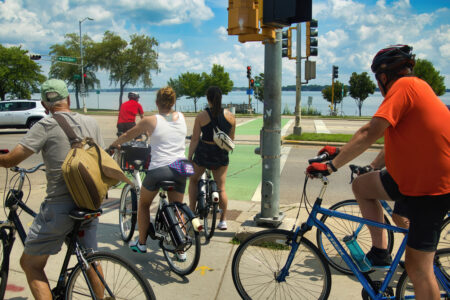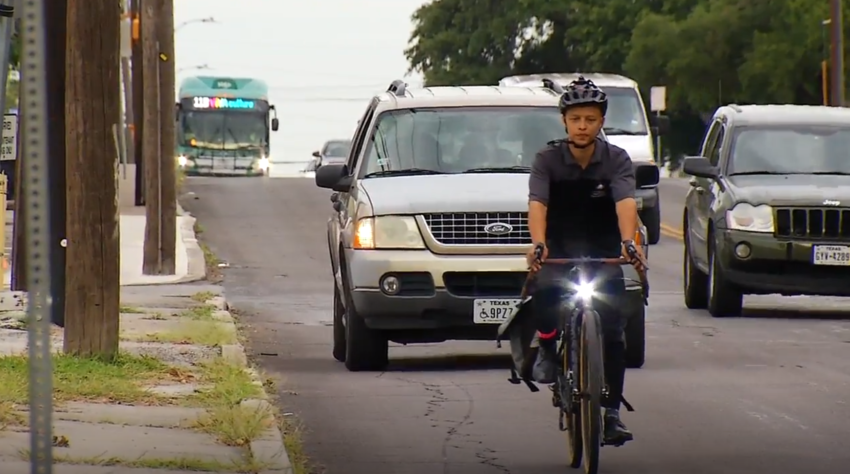
Share On Social!
Access to safe, reliable transportation options matters, especially for health and wellbeing.
A lack of options can make it impossible to keep a job, get out of poverty, and care for aging family members.
In San Antonio (64% Latino), walking is not safe; therefore, public transit quickly becomes an unrealistic option, limiting resident’s transportation options and access to opportunity.
That’s why the city government created a new position to develop a coordinated non-vehicular pedestrian mobility effort in its discussions about the 2019 budget.
Pedestrian Mobility Officer
Last month, city officials hired San Antonio’s first Pedestrian Mobility Officer, Timothy Hayes.
This position will dedicate Hayes to enhancing the pedestrian experience by developing and implementing a Pedestrian Master Plan.
“This has been a long trajectory for me,” Hayes told the Rivard Report. “I began studying civil engineering because I was riding my bicycle, and I saw a need for infrastructure … I decided that I want to be part of filling those needs.”
As a bicycle commuter, walker, and user of public transit, Hayes personally sees how streets meet or fail to meet the needs of residents.
However, some are skeptical about this position, according to the Rivard Report.
The concerns?
They revolve around hiring an engineer from within that same; particularly, when the department has a history of reluctance to move on projects that impact pedestrians, said District 5 Councilwoman Shirley Gonzales.
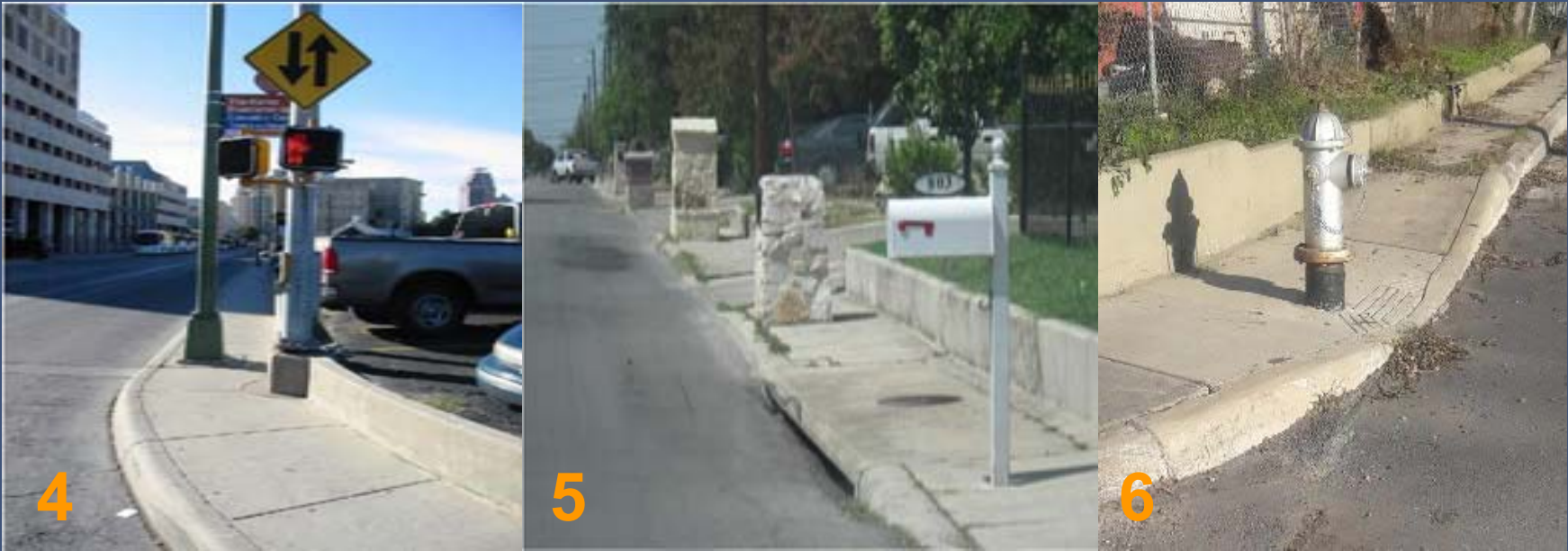
Still, some have hope the position will meet San Antonio’s need for safer streets.
“We will now have someone whose sole duty will be to advocate for and execute the construction of sidewalks, bike paths, streetlights, and more ‘complete’ streets,” District 1 Councilman Robert Trevino told the San Antonio Express-News.
The move towards pedestrian mobility is important because the city has neglected pedestrians in transportation planning, where a 1,897-mile gap in sidewalks exists.
That’s why increasing the number of sidewalks is a top request of the city council, according to Trevino.
He also said that public concern is the reason the city is working to prioritize sidewalk projects.
Pedestrian mobility is more than sidewalks: it is access to daily destinations and transit; protection from speeding drivers, dogs, and the elements; and proximity to and priority at crosswalks.
“If you are a sidewalk user, you know the importance of a buffer between you and the street,” wrote Bill Barker, the only professional in San Antonio that is recognized as a Fellow by both the Institute of Transportation Engineers and the American Institute of Certified Planners, in the Rivard Report.
In a January 2019 presentation on the conceptual sidewalk master plan, officials identified and prioritized miles of sidewalk gap.
They ranked projects on a one to five priority scale—one being the most critical—based on factors such as pedestrian safety, transit access, zero car households, and other issues.
The city prioritized:
- 3 miles of sidewalk gap as level 1,
- 31 miles as level 2;
- 159 miles as level 3;
- 899 miles a level 4; and
- 804 miles as level 5.
San Antonio is Dangerous by Design
City planners have shaped San Antonio’s built environment through 100 years of constructing streets for cars, according to Hayes.
San Antonio is car-dependent, and like many other car-dependent cities, it is unsafe for people walking and biking:
- San Antonio currently ranks 21st of 100 largest cities in the U.S. for most dangerous places for people walking.
- The pedestrian danger index, an indicator used by Smart Growth America to rank dangerous metro areas for walking, increased from 97 in 2014 to 131 in 2018.
- In 2016, 776 people walking were involved in collisions with people driving and 65 died.
- Of the 100 most dangerous congressional districts for people walking, Texas’s 35th district ranks 7th and Texas’s 20th district ranks 71st, according to a new addendum to Dangerous by Design 2019.
- Texas’s 35th district has a pedestrian fatality rate of 3.59 per 100,000, and Texas’s 20th district has a pedestrian fatality rate of 2.24, compared to the national average of 1.55.
Worse, Pedestrian crashes aren’t random.
One-third of pedestrian crashes occurred on just 1% of San Antonio roadways.
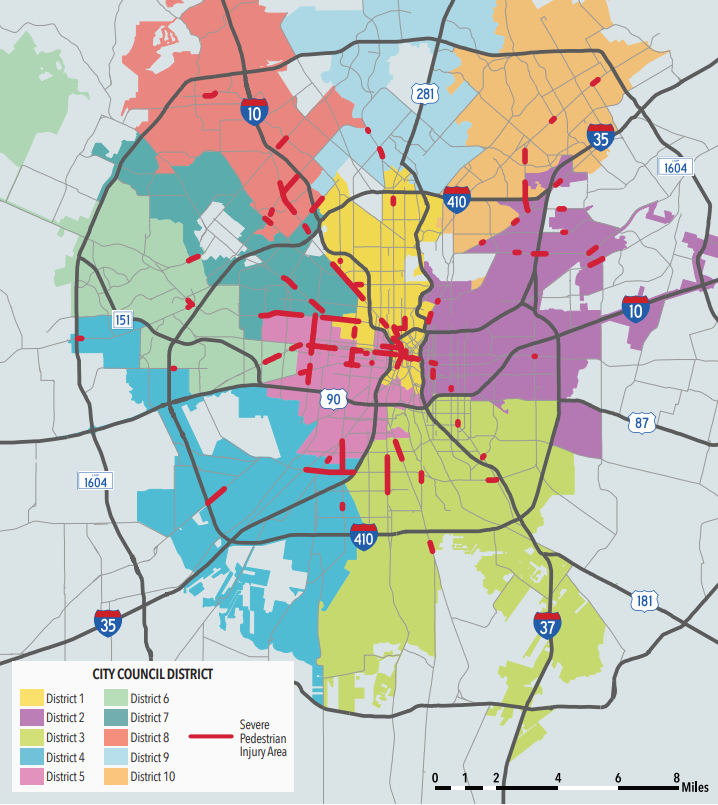
Nationally, car dependence also isn’t random — it is embedded in federal, state, and local law.
“Land-use law, criminal law, torts, insurance, vehicle safety regulations, even the tax code—all these sources of law provide rewards to cooperate with what has become the dominant transport mode, and punishment for those who defy it,” Gregory H. Shill, an associate professor at the University of Iowa College of Law, writes in The Atlantic.
Punishment comes in the form of air pollution, climate degradation, limited access to opportunity, burdensome costs, and traffic fatalities and serious injuries.
Transportation Options are a Problem in San Antonio
Even if residents aren’t familiar with the data or legal history, they feel the problem, and so do the organizations and institutions serving them.
Transportation is one of the primary barriers residents face in their lives, according to San Antonio’s 2018 Comprehensive Community Needs Assessment.
When listing various life obstacles, transportation was the fourth most popular problem after finances, education, and health issues.
Delegate partners and agencies rank transportation first in a list of basic needs requested by their clients. They also reported receiving daily requests for public transportation.
In 2019, the City allocated $10 million annually to VIA Metropolitan Transit agency to increase bus frequency on 11 of the system’s busiest routes. Since then, ridership is up on a majority of the routes.
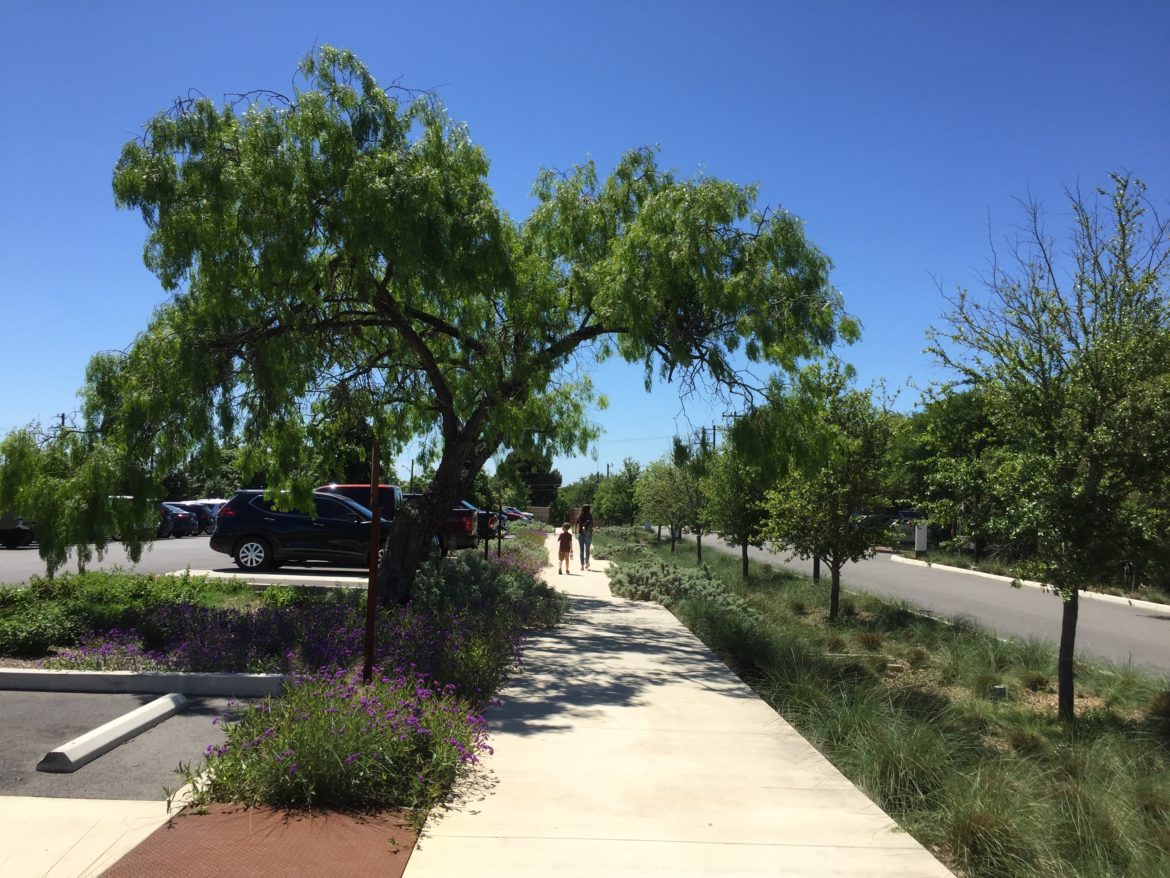
However, because the walk or bike to the stop can be a hazardous one, it is critical to include active transportation as an integral element of all transit infrastructure and operations.
To make a meaningful impact on pedestrian mobility, planners, elected officials, and advocates need to understand how the legal system prioritizes automobiles over people.
Read and share Shill’s article, and ask elected officials and community leaders to support pedestrian mobility, particularly connected to public transit.
“Instead of merely accommodating some people’s desire to drive, our laws essentially force driving on all of us—by subsidizing it, by punishing people who don’t do it, by building a physical landscape that requires it, and by insulating reckless drivers from the consequences of their actions,” Shill writes.
Explore More:
Transportation & MobilityBy The Numbers
27
percent
of Latinos rely on public transit (compared to 14% of whites).


